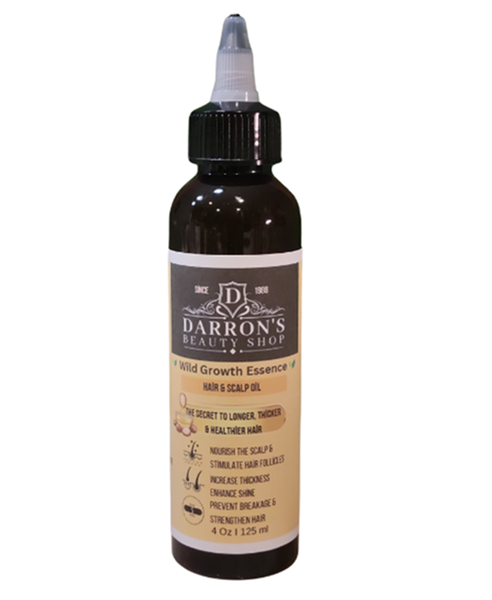Minoxidil: 7 Ways It Will Make Your Hair Fall Out! Not Grow.
Minoxidil is often promoted for hair growth without people knowing the full story.
Here’s a breakdown of the downsides and potential cons of using minoxidil-based hair growth oils (like those with 5% concentration):
⚠️ 1. Scalp Irritation & Sensitivity
- Common issue: It can cause itching, redness, flaking, dryness, or burning on the scalp.
- Reason: Many commercial minoxidil products use alcohol or propylene glycol as solvents, which can irritate the scalp—especially for people with sensitive or chemically treated hair.
💧 2. Dryness & Breakage
- Minoxidil can dry out the scalp and hair shaft, leading to brittle hair if not paired with moisturizing or sealing oils.
- For relaxed, natural, or color-treated Black hair, this dryness can make hair more prone to breakage.
🧬 3. Shedding Phase (Temporary Hair Loss)
- During the first few weeks, users often experience increased shedding.
- This happens because minoxidil pushes out weaker hairs to make room for new growth — but for some, that shedding can be scary and discouraging.
🔄 4. Continuous Use Required
- If you stop using minoxidil, any new hair growth will likely fall out within a few months.
- This means it’s a lifetime commitment — once you start, you have to keep using it to maintain results.
🫀 5. Potential Systemic Side Effects (Rare but Serious)
If absorbed into the bloodstream, especially with overuse or on broken skin, it can cause:
- Dizziness or lightheadedness
- Fast or irregular heartbeat
- Swelling in hands or feet
- Unwanted facial hair growth (in women)
🧴 6. Ingredient Compatibility
- Minoxidil doesn’t always mix well with natural oils or DIY blends — it may separate, lose potency, or become less effective.
- It’s also not recommended to apply it right after chemical relaxers, color, or scalp treatments, since that can increase absorption and irritation risk.
👩🏾🦱 7. Not a Cure for All Hair Loss
- It mostly works for genetic or hormonal hair loss (androgenic alopecia), not necessarily for hair loss from:
- Stress
- Poor scalp health
- Tight hairstyles or traction alopecia
- Nutritional deficiencies
So, it’s not always addressing the root cause of thinning hair.
✅ Safer Alternatives for Hair Growth
If your followers are looking for more natural or supportive options, consider:

